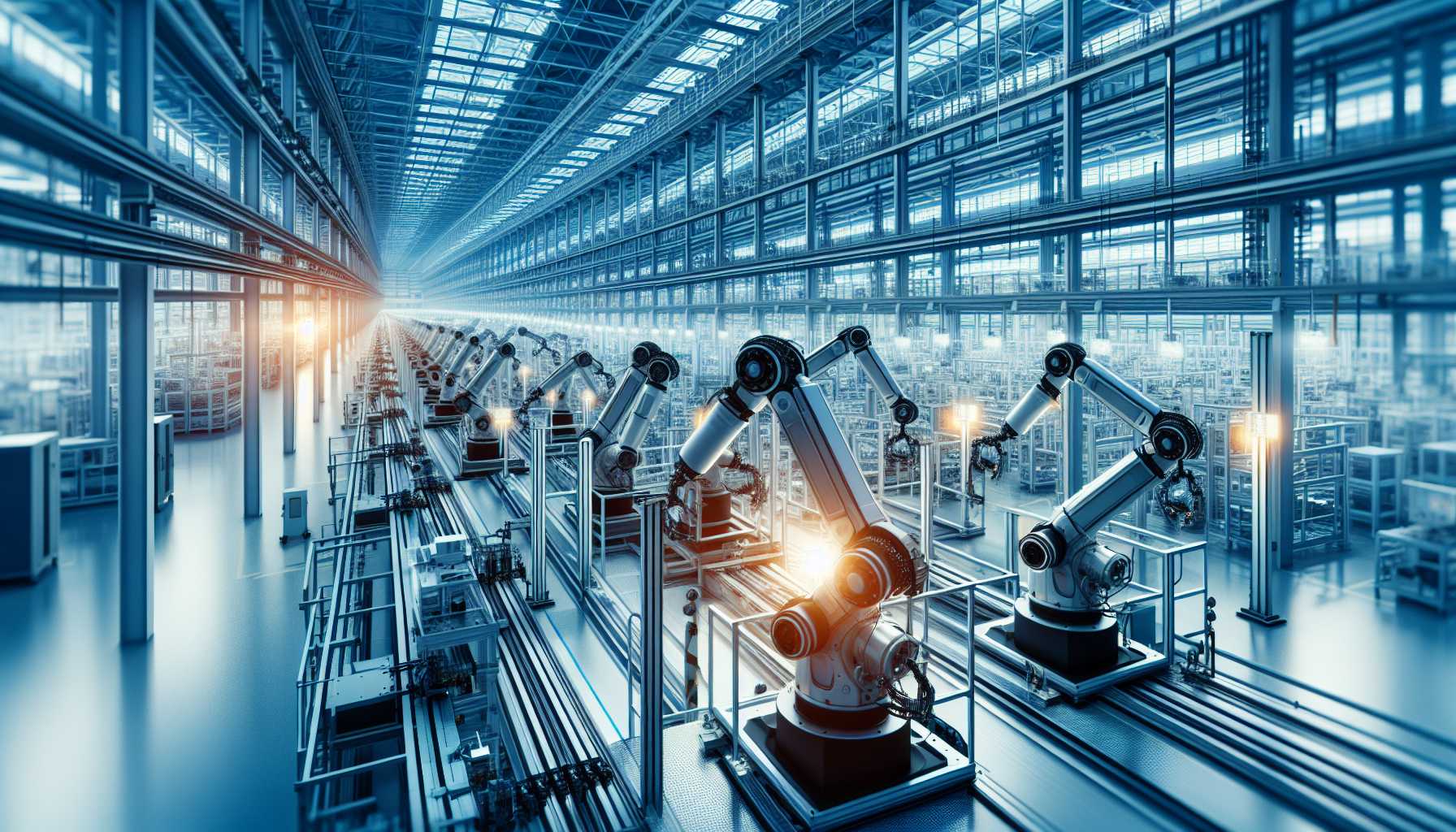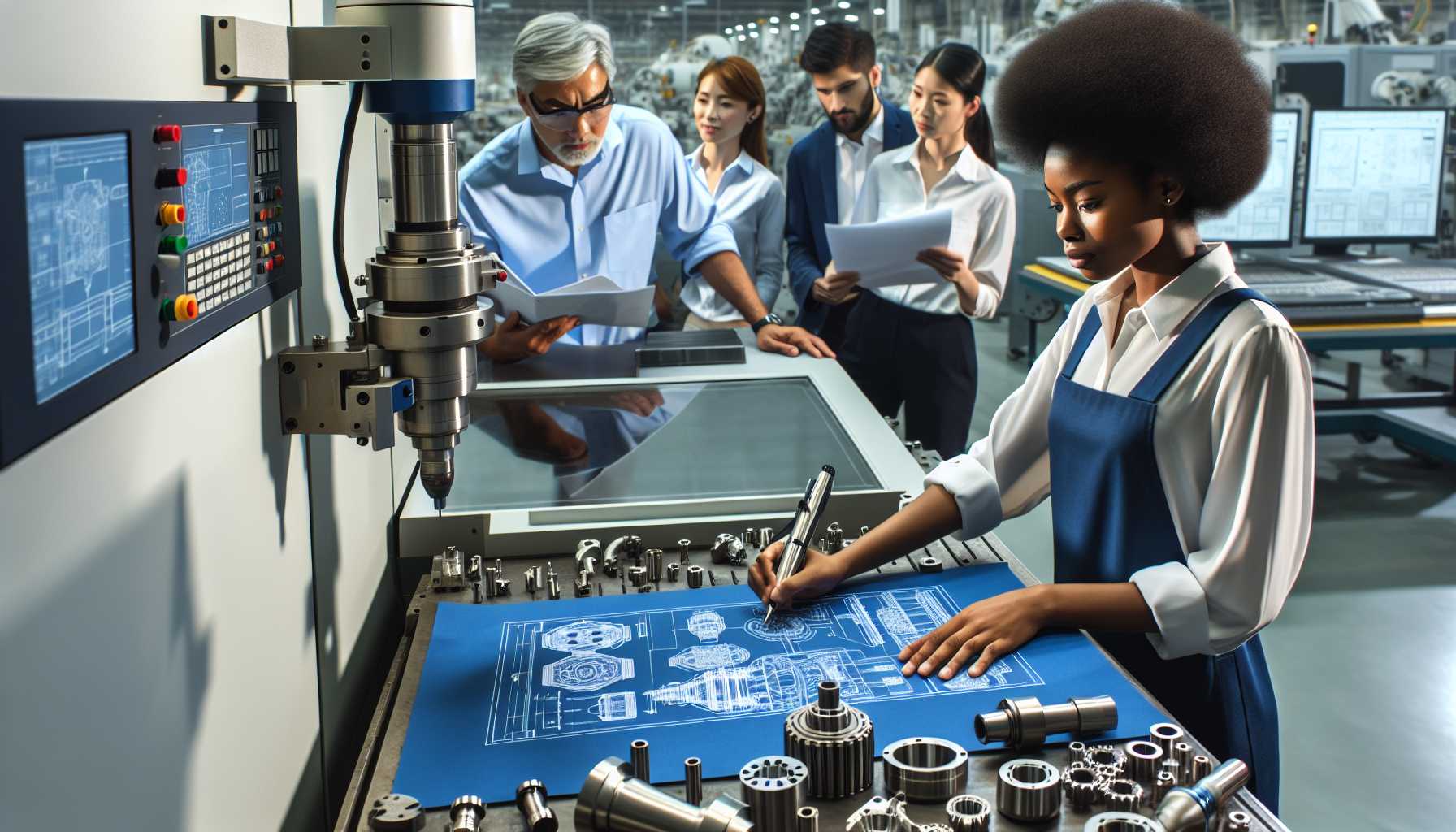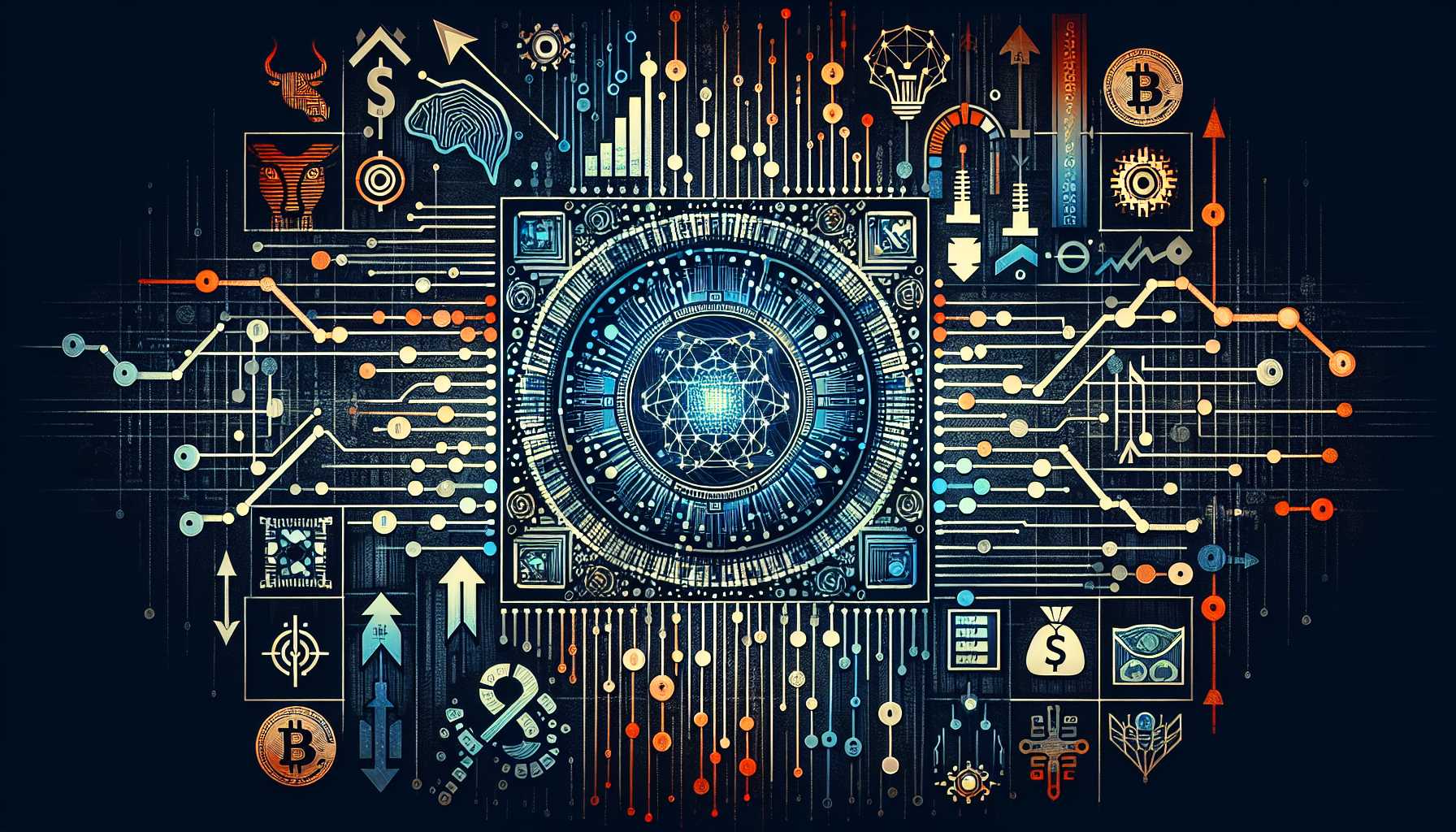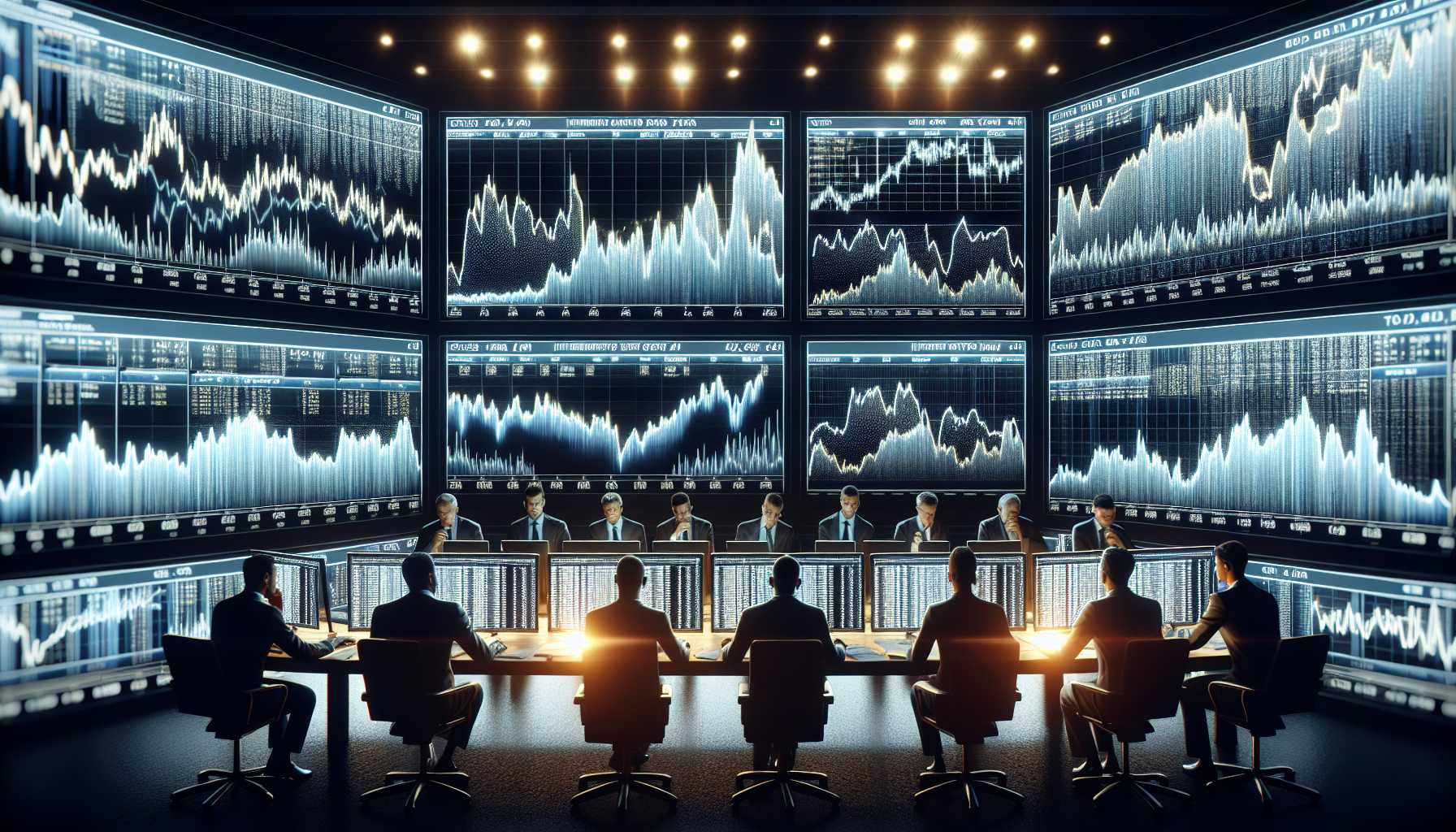Introduction: The Parallel Strands of Past and Present
The past often shapes the future. As our digital age races ahead with advancements, a compelling narrative emerges when entrepreneurs like Chris Power, CEO of Hadrian, harness this symbiotic relationship. Power’s fascination with the ascend and descend of empires pinpoints a critical junction for industrial America. His story, an inspiring journey fueled by historical insights and cutting-edge tech, represents a trend that’s transformative and troublesome for some of America’s most vital industries. What follows is a deep dive into the empire of modern industry—its challenges, its saving graces, and its symbiotic relationship with cutting-edge technology. Buckle up; it’s going to be an electrifying ride.
The Rise of Hadrian: From Historical Thesis to High-Tech Titan
Chris Power’s journey from an observer of historical patterns to the innovative lynchpin of a declining industry encapsulates the essence of what it means to be a visionary in tech. With his startup, Hadrian, he aims to rejuvenate the U.S. industrial base by infusing it with robotics and advanced software. In what seems like a page taken from a science-fiction novel, Hadrian is transforming aerospace and defense manufacturing, traditionally reliant on human expertise, into a realm dominated by precision automation and software superpowers. This strategic shift not only addresses the imminent skill gap—caused by the impending retirement of industry veterans—but also propels manufacturing into a new era of efficiency, breaking the shackles of stagnation that Power had identified as a hallmark of the declining empires of lore.
Automating Aerospace: A Flight to Uncharted Efficiency
Picture a factory bustling with activity, where machines hum in unison, producing components with micron-level precision, a feat unachievable by human hands alone. This isn’t just a fantasy; it’s becoming a reality at Hadrian facilities. At the heart of this industrial metamorphosis is the quest to automate the laborious steps in the machining process. From order to shipment, these include but aren’t limited to programming, task management, and the dreaded paperwork. Software is the wand in this magician’s hand, aiming to automate up to 90% of these processes, leaving the rest to the enhanced intelligence of a human workforce. It’s an approach that seemingly gives workers superpowers, blending the best of both worlds—human intuition and robotic precision. In just 12 months of customer engagement, Hadrian has skyrocketed above $20 million in revenue, a testament to the market’s hunger for such avant-garde industrial solutions. And with a massive funding boost, Hadrian is on track to replicate its success on a grander scale—literally copying and pasting efficiency as one would a fast-food franchise or a logistics center.
The Silicon Spirit: Nvidia’s Anticipated Triumph in the Face of Volatility
In the ethereal corridors of the semiconductor index, whispers of Nvidia’s impending earnings report give investors palpitations. It’s a different kind of warfare, fought not with cold steel but cold silicon, with profound implications for the ever-volatile stock market. A potential 10.6% windfall or fallout following the announcement is no trivial matter. And why this nail-biting anticipation? Nvidia stands at the epicenter of the AI frenzy, its processors the beating heart of countless AI applications. The firm’s journey exemplifies the tech world’s gung-ho gambling spirit—a blend of fear and ambition where every chip counts, and fortunes can swing with unmatched ferocity. In this high-stakes game, the fallout could be historic, reminiscent of Meta’s headline-grabbing market gyrations.
Investing Insights: Timing the Market Amidst Rising Rates
Not all that glitters in the tech bazaar is forged from silicon—some is minted from the strategic maneuvers around interest rates. Inflation’s stubbornness signals no immediate relief from rising rates, but silver linings abound for the forward-looking investor. Rate-sensitive stocks like Home Depot, Amazon, and AT&T loom on the horizon, poised for an advantageous leap once rates inevitably retreat. Each presents a unique allure—Home Depot with the promise of pent-up home improvement fervor, Amazon’s relentless retail conquest augmented by AI aspirations, and AT&T’s infrastructural invigoration courtesy of a 5G facelift promising payout potency for the dividend diviner. As a tech aficionado and market maven, there’s an inextricable link between the robustness of tech-driven entities and the macro-economic ebb and flow orchestrated by the Federal Reserve. The savvy investor watches with hawk-eye precision, ready to swoop in on opportunities that only such conjunctures present.
Conclusion: A Technological Tapestry Woven With Historical Threads
The convergence of historical cycles with the impetus of technological innovation sets a dramatic stage for the future of industry. Pioneers like Hadrian stand shoulder to shoulder with behemoths like Nvidia, while giants from other arenas—home improvement, e-commerce, and telecommunications—reposition themselves to dance with the shifting tides of economic policies. Our modern era is not just a continuum of past narratives but a riotous fusion, an industrial revolution retaining the wisdom of history as it strides into an automated, software-dictated horizon. As a product manager leader and tech news scribe, I can attest that these stories of change and challenge are not just for the data-devouring tech enthusiast but are essential reading for anyone invested in understanding the dynamics of our digital age. It’s a spirited reminder that tech lore evolves not in silos but within the grand theatre of human endeavor, a captivating tale of rise, fall, and inexorable ascendancy.





